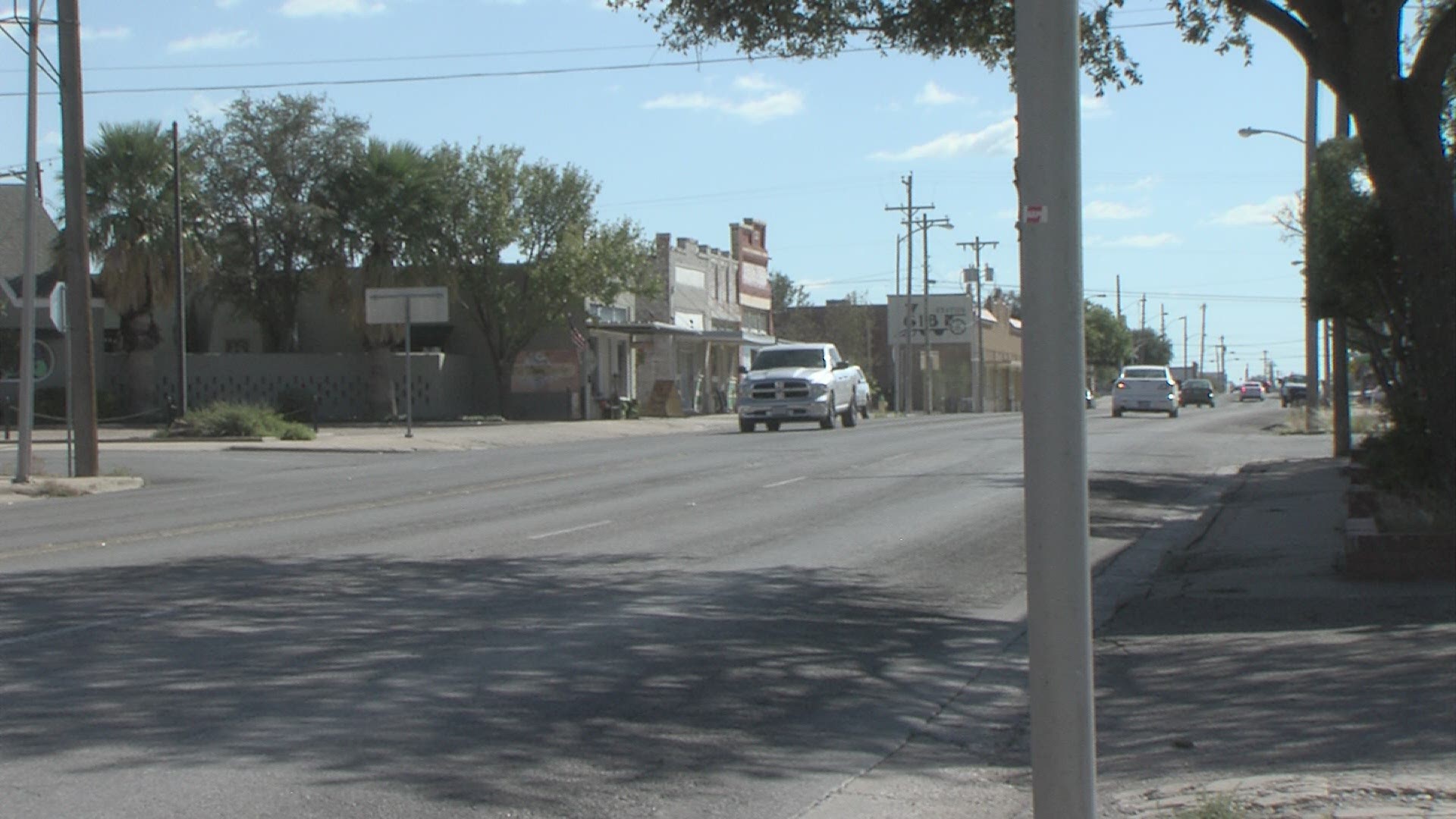TEXAS, USA — Every day, we go through the same loop, travel the same road back and forward to work and home. We are used to the hustle and bustle of the city and the main roads of life, what most may not know, is what communities and cities that just a few miles away from our daily lives.
Before you say it, these towns aren’t small communities like Christoval, Ozona or Wall, but some historic communities that we don’t even know about.
Dr. Jason Pierce, a professor at Angelo State University said “There are a lot of towns around that are not really towns anymore, or at least, they are well past their heydays.”
First, we start in Arden, a desolate town in the rural portion of northeastern Irion County. It is located on Arden Road (Farm to Market Road 853) near Rocky Creek, which about 14 miles northeast of Mertzon and 21 miles west of San Angelo. Named after the first settlers of the area, Arden is unnoticeable unless you stop by the historical marker to see the ruins of the town that once stood.

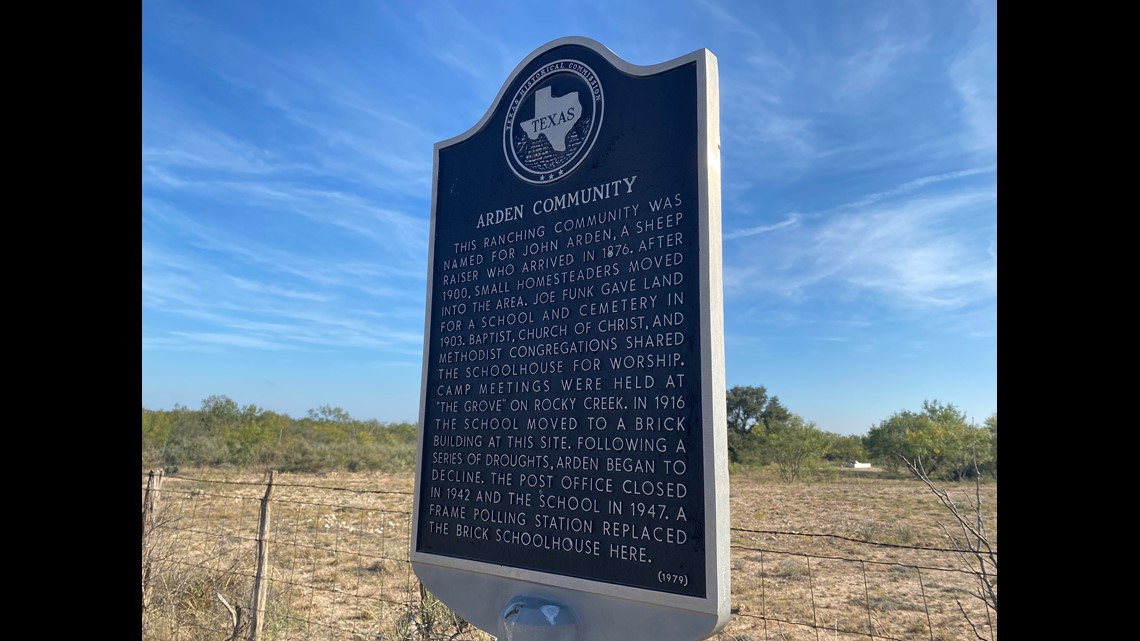
There was a school, post office and a couple of buildings in the town by the 1900s, but Pierce said “That would last until about 1890 through World War II and by World War II there wasn’t anything left of Arden. The post office would close by the 1960s and that would be the end of Arden.”
By this time, in Arden, all businesses moved to bigger towns for better opportunities and by 2000, only one, lone person calls Arden home.
Next, about 14 miles across U.S. Hwy 67, to the south of Arden is Sherwood, a community hidden within the rolling hills of eastern Irion County. It is located at the junction of FM Roads 853 and 72, approximately 28 miles west of San Angelo and roughly about two miles east of Mertzon.
Sherwood was the first town established when Irion County was created from Tom Green County in 1889, and it became the Irion County seat. It was named after Granville B. Sherwood, one of the first settlers of the area. There were two courthouses built in Sherwood, one still stands today.
Pierce said, “It is pretty spectacular courthouse in the middle of nowhere pretty much. It seems very incongruous.”

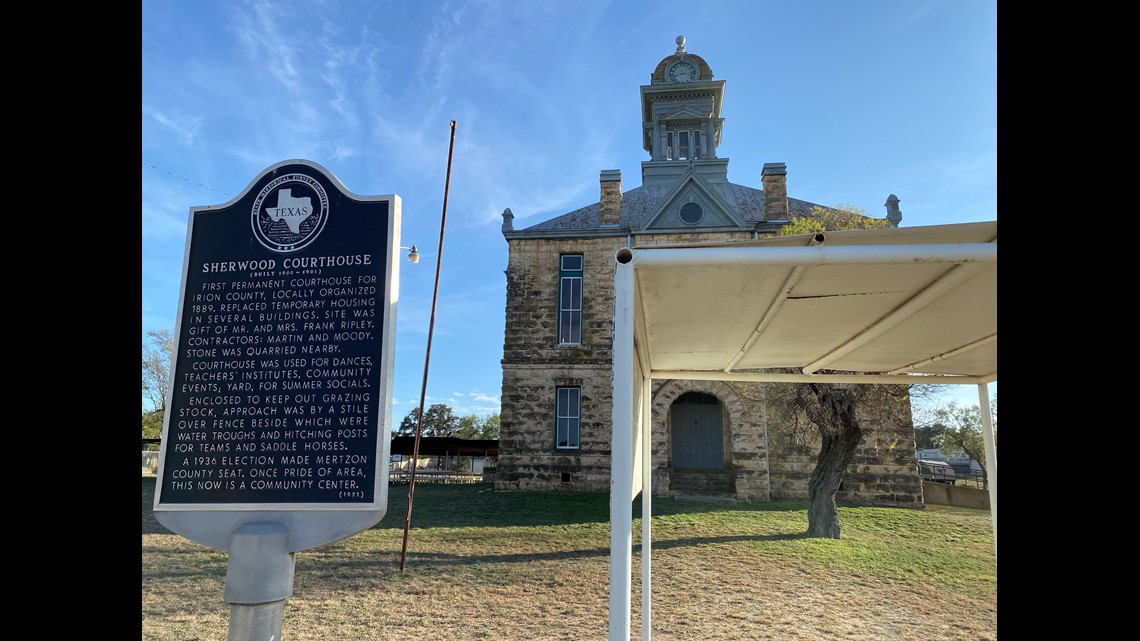

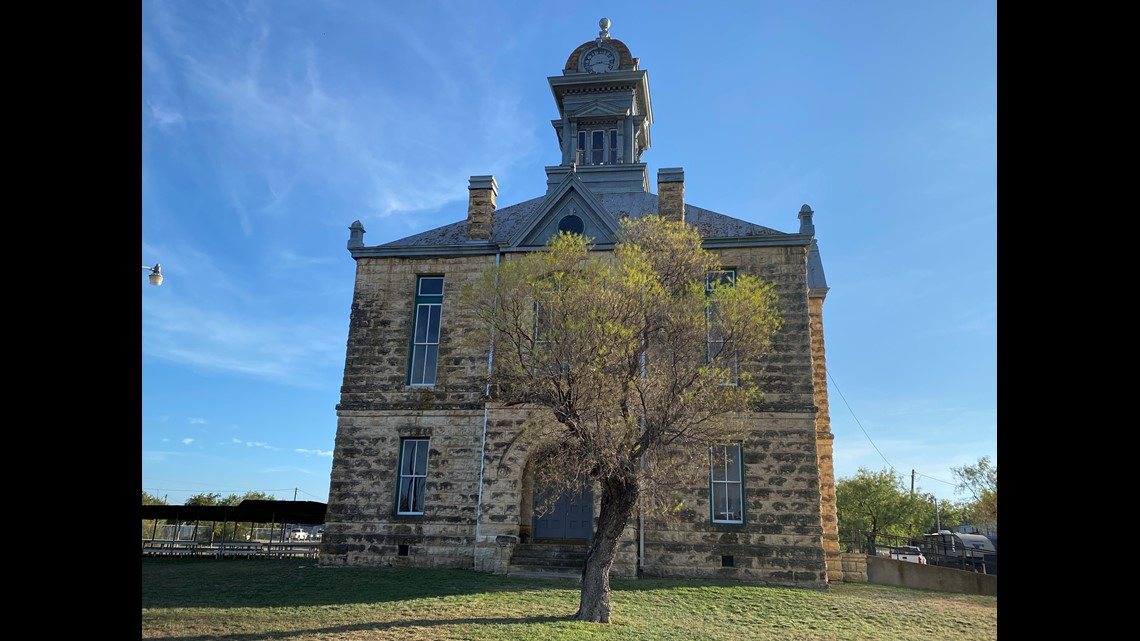

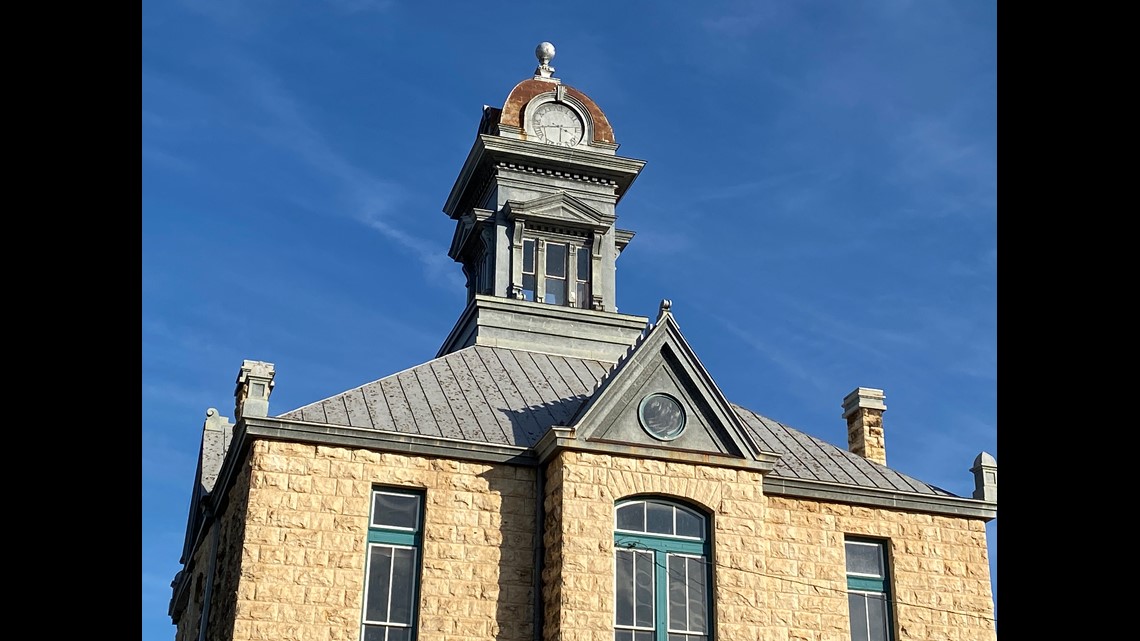
When the second courthouse was constructed in 1901, Sherwood had a population of 339, the town was thriving! The decline began when the Kansas City, Mexico and Orient Railway built a railroad that bypassed the town in 1911.
Pierce said, “As soon as they built the new depot and said this is where the train is going to stop, all of the businesses moved to that new place. So, that’s how Mertzon gets going.”
As a result of this, Mertzon became a hotspot for people to move in Irion County which caused Sherwood’s population to shrink. Mertzon would later become the county seat by 1936. Today, the population of Sherwood is 150.
Across the county line is a town with a unique name, Knickerbocker. Founded in the 1870s, at a time Knickerbocker was the second largest town in Tom Green County with a population of 250 people with businesses, churches and schools, but where does that interesting name come from?
According to the Merriam-Webster Dictionary, a "knickerbocker" is a descendant of the early Dutch settlers of New York or a native or resident of the city of state of New York.
Pierce said “When you think of Knickerbocker, you think of short pants or shorts. Shorts were originally called knickerbockers or knickers.”

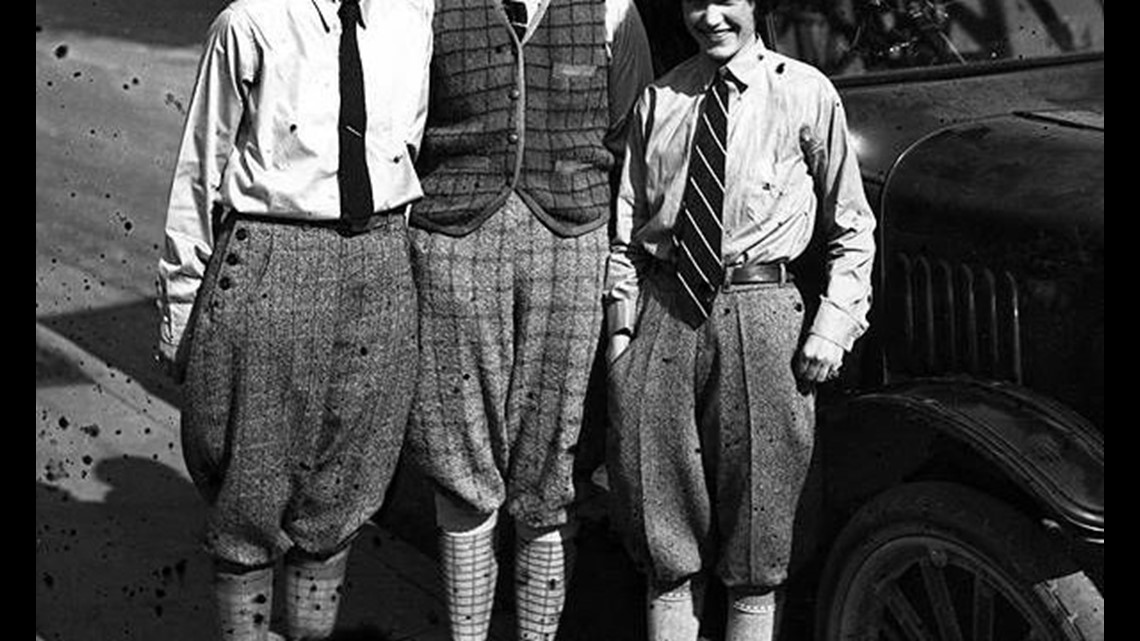

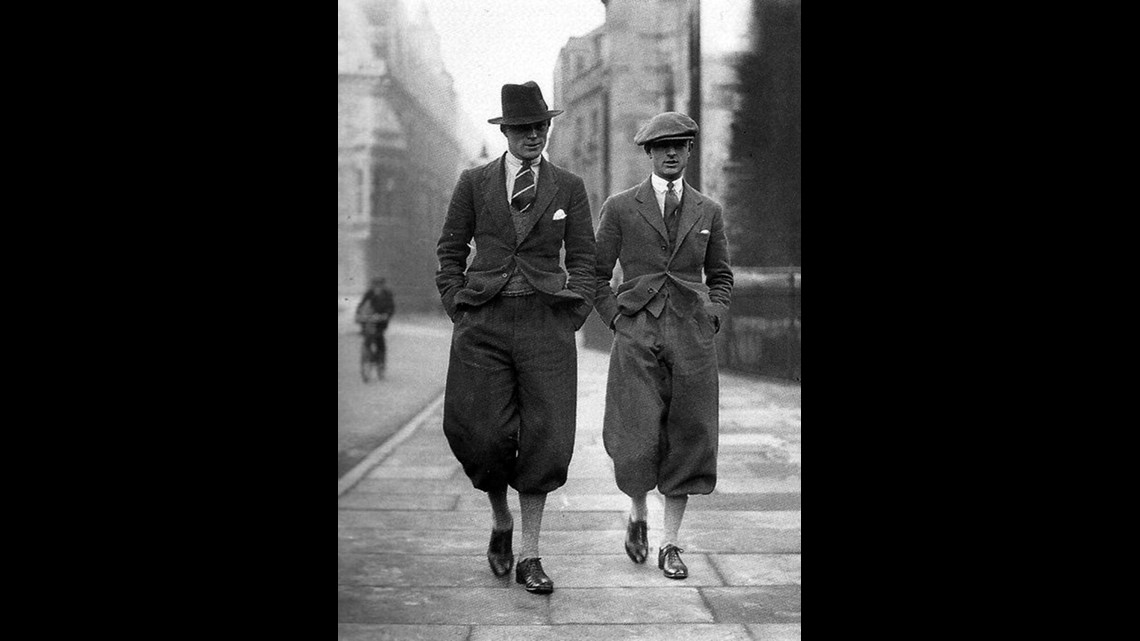
This is where the name of the New York Knicks is derived from, but the town is named by two settlers who were related to Diedrich Knickerbocker, a narrator of Washington Irving’s History of New York. Today, the population of Knickerbocker is 50 people with a church and a post office which is also the town’s community center.
In our time, most small towns in the Concho Valley are remnants of history that most don’t know even exist. At a time, these areas once flourished before something caused the residents to relocate, leaving most of these locations and never coming back.

